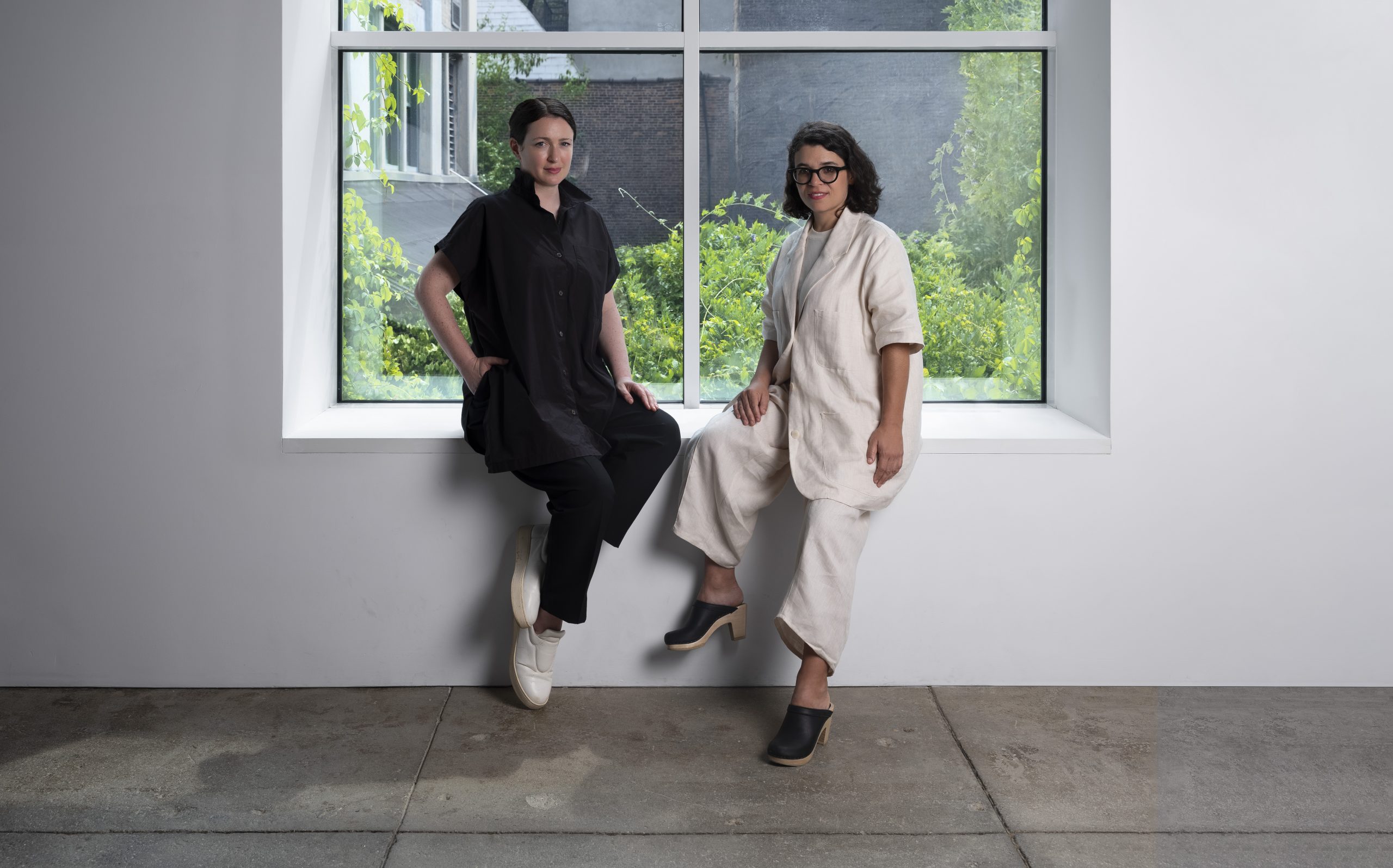CARA Leads with an Open Heart
Salome Asega: Thank you for taking the time to have this conversation. I’m a big fan of Topical Cream and, obviously, a big fan of the Center for Art, Research and Alliances (CARA). I’d love to start by asking you about the name of the organization. When I first heard the name, I was struck by the last word: Alliances.
Manuela Moscoso: The name has a long story—it was a hot conversation before I arrived. When I was hired, the name was going to be New York Consolidated. That has to do with the history of the building and the history of the space. Do you want to talk a little bit more about that, Jane, since you’re the one who holds that history?
Jane Hait: The building was built in 1899 for a company called the New York Consolidated Card Company. They manufactured playing cards, the iconic ones such as the bicycle card, the Bee card. The company also had one of the earliest patents on a four-color printing processor. I loved that, because it ties into our interest in publishing.
New York Consolidated was so named because it housed three card companies that came to work together under one umbrella. In my mind, Consolidated sounds corporate, but it’s really about collaboration. But I’ll let Manuela talk about why we decided to change the name.
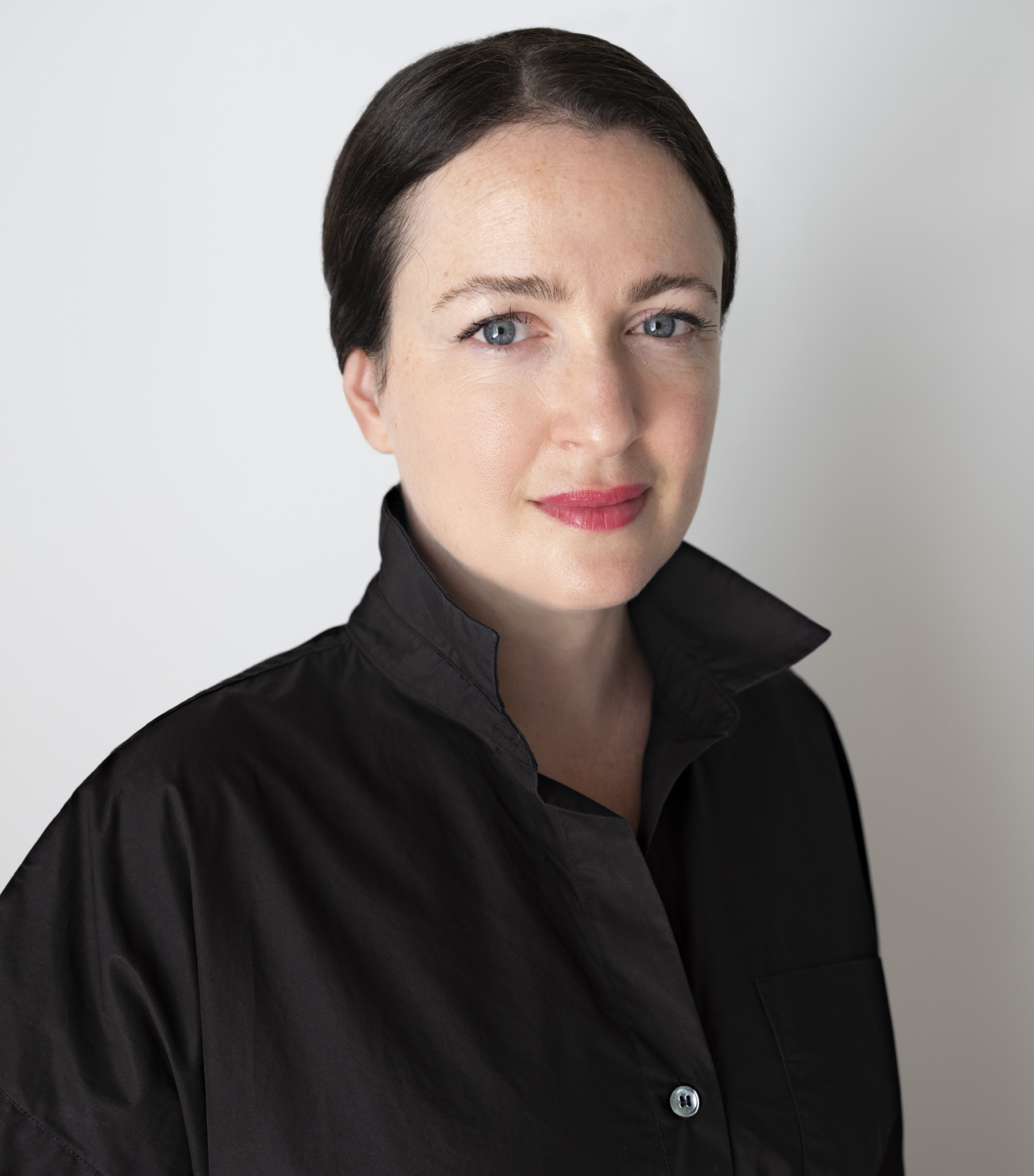
MM: I was working in Berlin waiting for my visa, so we were meeting a lot on Zoom. Jane asked me early on what I thought about the name. That was one of my first challenges: “How honest and direct can I be?” But I could tell Jane asked from a place of generosity. She’s always opening things up to question.
So I responded honestly. I said the way the word “consolidated” was placed in relation to “New York” didn’t sit well with me, as somebody from the Global South. It implied that New York was at the epicenter of culture. Something about it also felt very masculine and arrogant. It’s not messy—there are no wrinkles. We didn’t yet have the full language for what CARA was at the time. But we already knew that the vision we had for the organization was about extending outward. It was about seams. That’s the opposite of “consolidated.”
Jane eventually came up with the name Cara. It’s a woman’s name. It implies the word “care.” It also means face in Spanish, or friend in Portuguese and Italian. So it had all these connotations for what we were trying to do. It’s about caring for others, without literally being the word “care.” So it’s almost like Cara is a female friend.
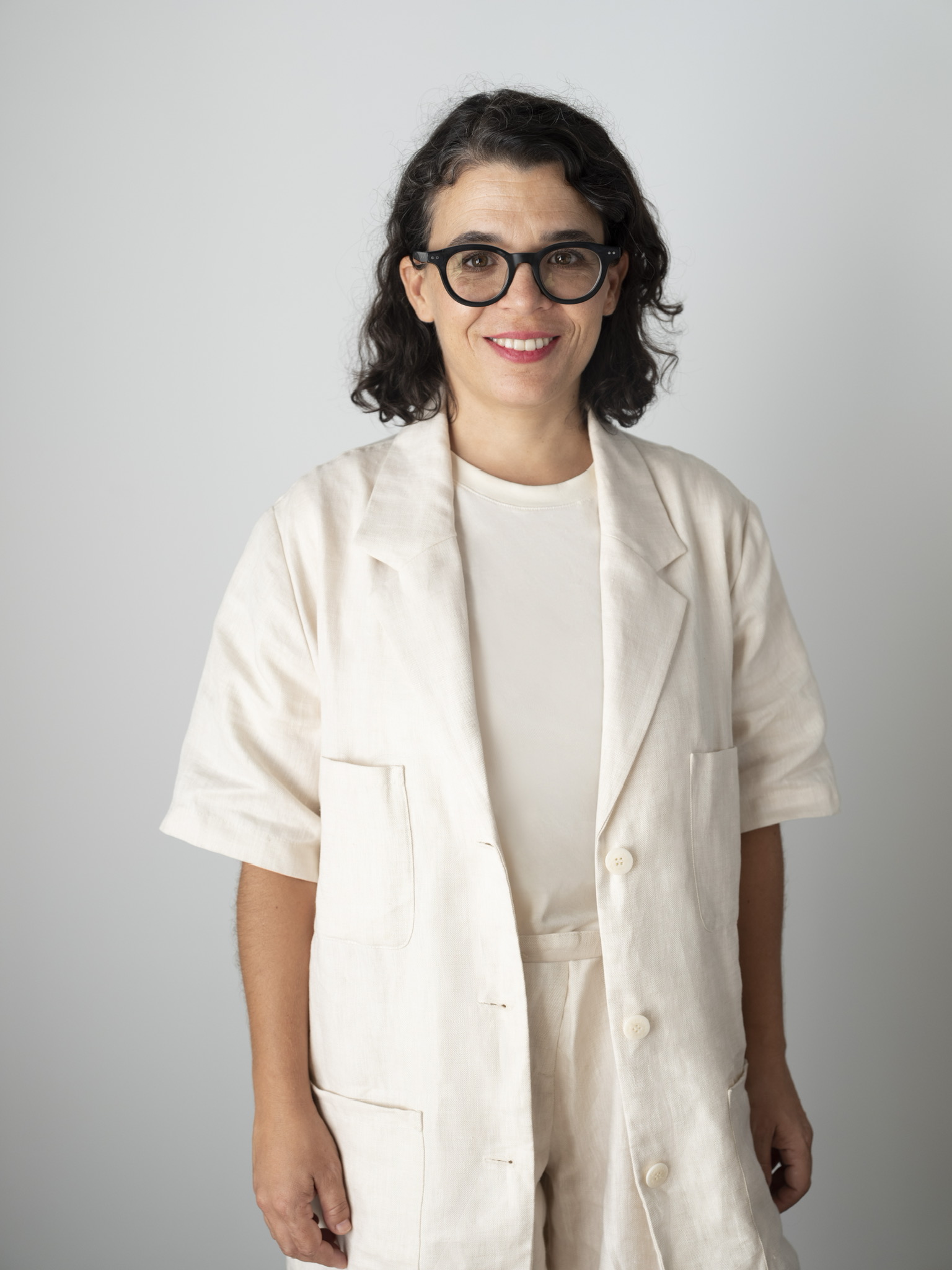
When I first walked into the space, I saw all these clues—visual, spatial, social—that reveal that this is a place for us to breathe, to take down our armor, and get to know each other as people.
How did you two initially meet? What made you want to work together on this?
JH: Sohrab Mohebbi, who is the director of SculptureCenter, is on our advisory board, and was on the search committee for Manuela’s position. He and Manuela had gone to Bard CCS together. He suggested that I reach out to her. Manuela was also recommended by Sally Tallant, who is currently the director at the Queens Museum and who was formerly the director of the Liverpool Biennial, which Manuela curated in 2021.
I reached out to Manuela. I told her, “Here’s what I’m thinking about doing with this organization. But what would you do?” It wasn’t like applying to be the Director of MoMA or the New Museum. Those are established institutions—you know what you’re applying to there. Their script is set. But ours hadn’t really been written yet. I wanted to see how she would actively shape the organization.
MM: By that point, I had worked a lot. I had worked in Tamayo, and then I worked for the Liverpool Biennial. I had already taken jobs that I felt I needed to do just to make a living. I wanted to be more intentional about where I went next. But this was also a moment where suddenly, any broadly non-white curator with some sort of established career was being recruited left and right. Institutions were starting to look at themselves and ask, “Who do we hire?”
In many ways, taking the job felt like a risk. I had interviewed over Zoom. I hadn’t met Jane in person or seen the space. But something about it felt really intentional. I could tell Jane was very serious in her ambitions for the organization and what impact it could have.
JH: I remember at one point, Manuela was giving a presentation to the team about her vision for the organization. At one point, she was talking about women and the body, and she said the word vagina. And in my mind I was like, “She’s hired. She said vagina in a job interview—oh my God, she’s so badass. I love it.”
MM: I remember that. When you’re looking for a job, you have to perform as your best self. But you also have to be honest, to say, “Take it or leave it.” I think I was very honest, and you were too. It was like a bet for both of us.
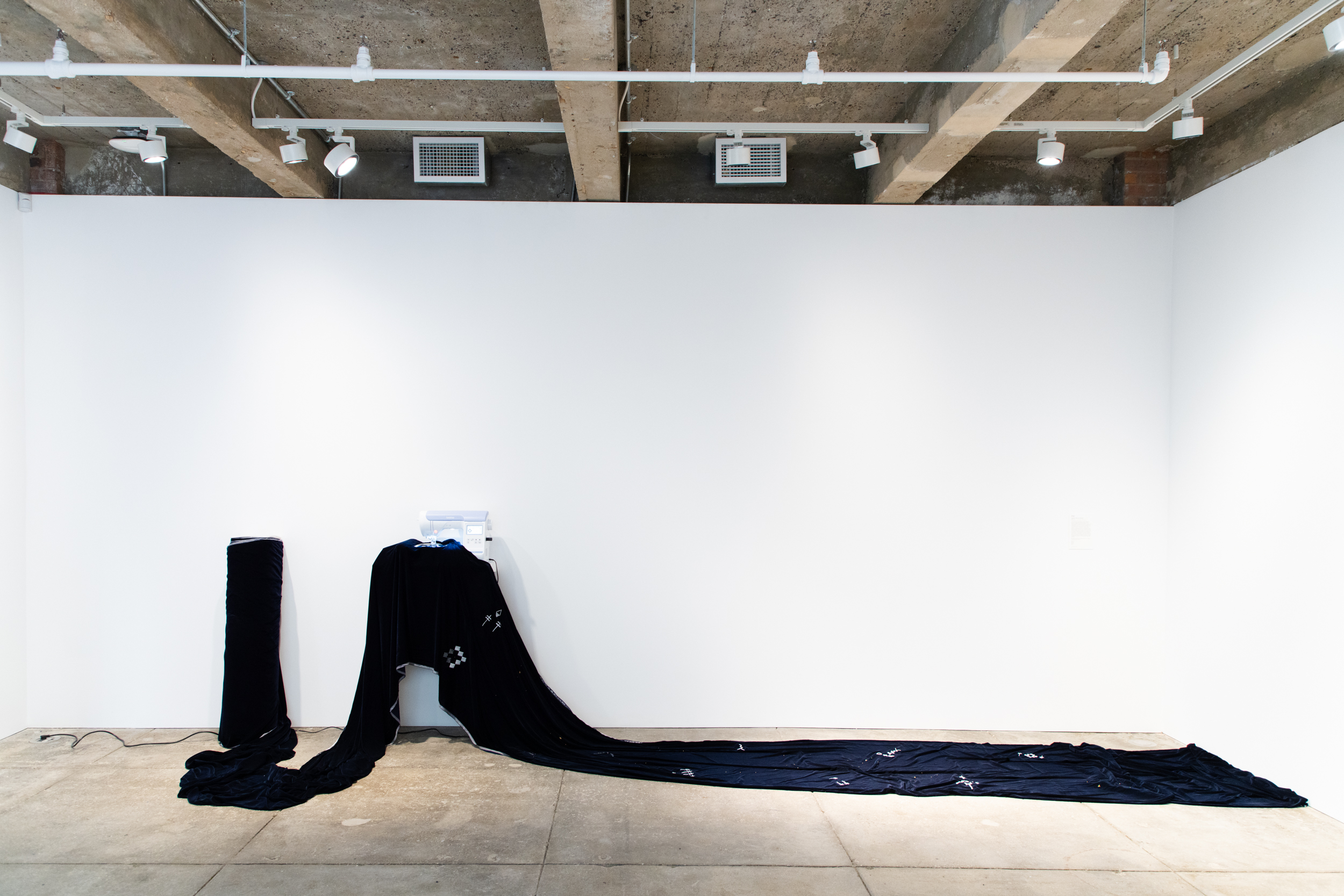
It was a bet, but an intentional one. Jane, you said CARA had been in the works for six or so years. Could you talk about the research process behind it all? How did things develop?
JH: We were really thinking about how we make space. I’d had an art gallery for twelve years with Janine Foeller, called Wallspace. We lost our lease and closed in 2015. We had looked around for other spaces, but the cost of commercial real estate was so exorbitant. A small- to mid-level gallery with no blue-chip intentions is really hard to sustain long term.
Just before we closed the gallery, I had started working on a book project with the artist Kate Costello. We made a bunch of books at the gallery. I always loved publishing and design—in another life, I would want to be a graphic designer. I was worried we would have to tell Kate that we were not only closing the gallery, but suspending the book project. And she has a very interdisciplinary practice; the book was really meant to capture the full breadth of everything she does.
We decided to move forward with the book project anyway. But I knew I didn’t want to only do books—I wanted the books to be a part of a larger thing. I just wasn’t quite sure what that thing was. I was thinking a lot about space and real estate. New Yorkers are completely obsessed with real estate. “How do you get space, and who gets space?”
I took a hard look at my own situation, which is one that is very privileged. I have access to a lot of capital through my family. And I was like, “You know what? Instead of running away from that, why don’t I put that to work for artists and the public? To hold space for practices that are not blue-chip?” I simultaneously went to work finding this building and going back to school at the Wagner School of Public Service at NYU. I was like, “Let me actually learn how to run a non-profit organization.” Kelly Taxter became an early thought partner, and she’s now on our board. We had several different roundtable conversations with different people: one around publishing, one about fellowships, and one about mission ideas.
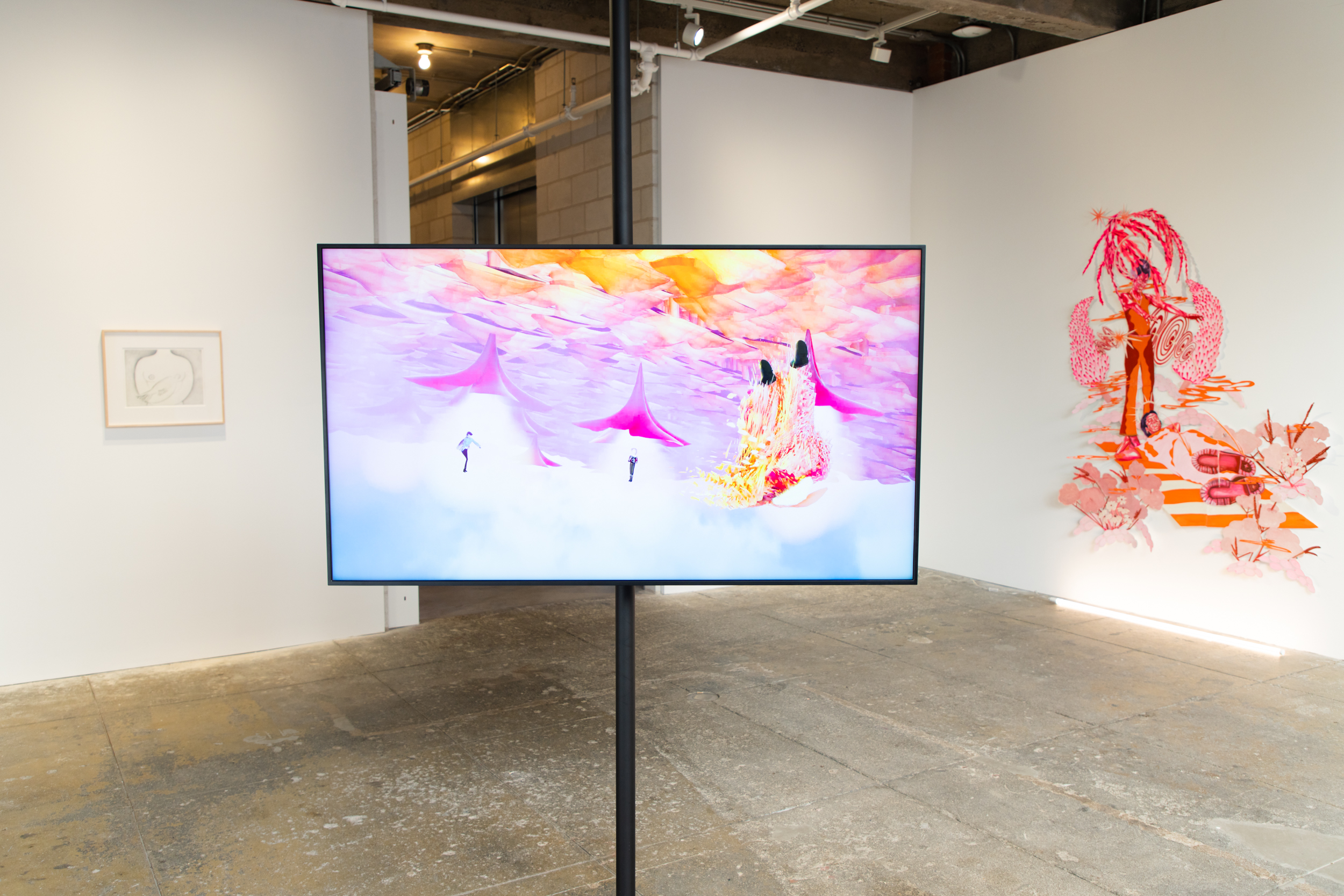
Were artists part of those conversations?
JH: Yes. Artists, curators, directors, writers, publishers. All kinds of people—different generations. Because of the pandemic, we had the luxury of not having to open on a specific date with a specific show. We had time to slow things down a bit.
I work by asking opinions, and thinking and rethinking. Sometimes, you can end up spinning in circles that way. It can be hard to develop momentum, so you have to be careful. But we had some important questions to answer. “How has this been done? Does it work? Is it causing harm?” Conversations about benefits, salaries, and professional development—all that internal organizational stuff—were central for us early on. We wanted to intentionally build something that doesn’t do harm and that we could stand behind proudly. We built this organization from the inside out around a kind of ethics of care.
It feels very clear to me that this isn’t just a curatorial or editorial initiative—it’s also about model-making, about thinking very intentionally and dreamily about the container that holds this work. I’m struck by the framing of your organization as a site for unlearning. What are the values that guide your editorial decisions and curatorial projects?
MM: For me, form and content are very linked. How models are made or proposed has a strong link to what they hold inside. That’s where contradictions that can be quite harmful—to either the model or the content—can occur. We had to find the right language. How do we express the things we want to do today with the vocabulary we have inherited? We’ve had a lot of conversations around our mission. We keep reworking it to find the right wording to express what kind of people we want to feel aligned with, want to have empathy for, and want to build a relationship with, even if the organization doesn’t respond to only one community. It responds to many different communities, which are linked through different types of solidarity. The mission of CARA is about expanding historical records and amplifying the abundance of past, present, and future. I think we’re trying to get all the jargon out and be much more open, and to be open to having conversations that can be quite complex.
I think working in biennials has also really influenced the way that I think about projects. It’s about creating a sort of relational space where we are not just talking about objects, but about people and practices. If you’re intentionally looking at us, you can see that we are very relational, and that the bookstore is like a moving bibliography. We are in a larger conversation. The other thing about unlearning is that we have to interrogate how we understand our practice of being curators or artists. We have to ask, “what is an institution?”
We’re also thinking about how we’re moving through this world as women, often with other intersecting identities of race or class. How are we impacted by structures that we didn’t put in place, but fundamentally impact our lives? We want to contest these structures, but also understand how they create bonds of solidarity. I’m not in the field of total destruction, but of construction and deconstruction. Unlearning is about that. If we are really just anarchist and say “fuck the world,” what happens to all of the lives that will be present in the future?
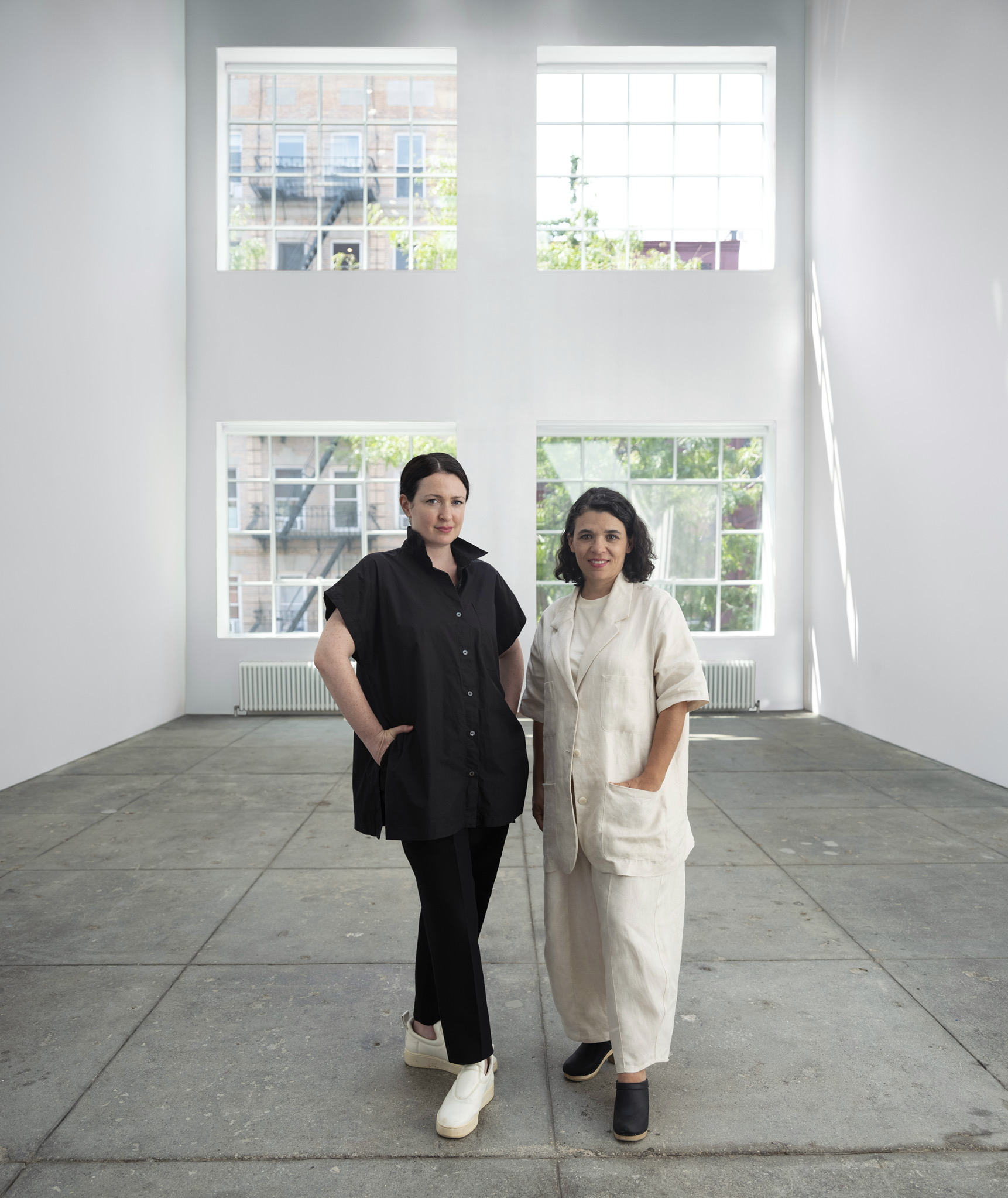
It’s very special that you see the bookstore before you go into the space for programs—you’re citing your sources, in a very literal way. Can you speak about the relationship between the bookstore, your programs, and your exhibitions?
JH: The first design scheme from the architects had the bookstore in the back, in the rear gallery. The rear gallery, and what’s now the offices in the basement, were a double-height book area. It was so beautiful. You could see the garden through the back. But I knew, even though this was a beautiful space, the bookstore had to be in the front. I think bookstores are more welcoming to the general public than a gallery. People don’t feel as readily welcome when they look into a gallery space. We had some ideas for throwing up potential shelves and some ideas for tables. But Manuela was like, “No, the layout has to be commissioned from an artist or designer.” It had to be collaborative.
MM: I didn’t want this building to feel like a transactional space when you entered it. We invited Manuel Raeder and Rodolfo Samperio to work with us. They’re two designers, furniture makers, and bookmakers. They’ve done things in different institutions and they know what works, and what doesn’t. We wanted something kind of modular, so that the vocabulary could be expanded through the building. The other thing, too, is that Jane and I are both mothers. We wanted some things to be small, so that a kid could enter and feel welcome. When we asked Emmy Catedral to be the Curator of Public Programs, we asked her to think about the bookstore as a public program itself. And she has a lot of experience with books, too.
So the whole thing is kind of like a combination of alliances. The bookstore is like our holder, our net. If we are lost, we go downstairs to the bookstore to try to find our way.
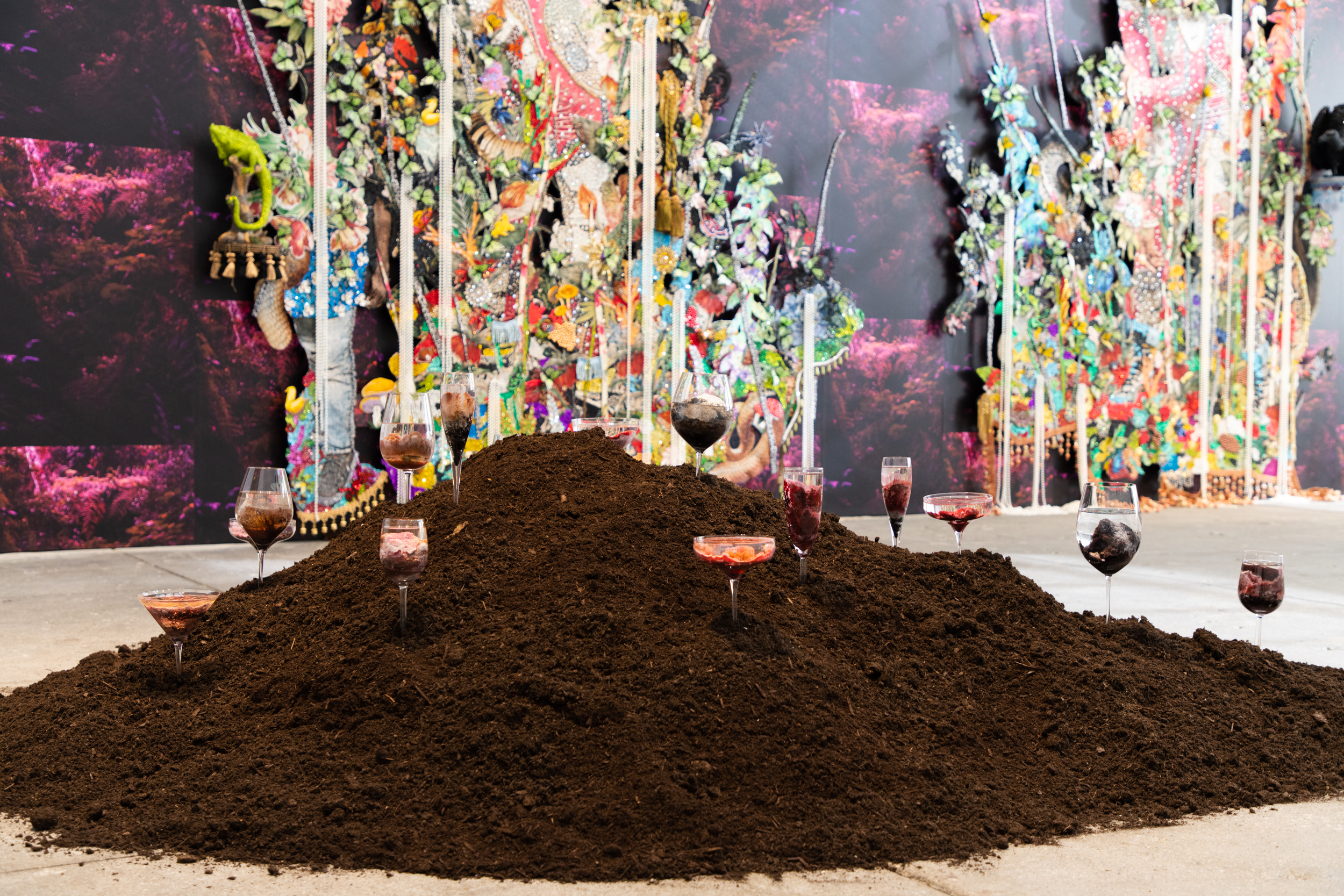
When I came to do my public program at CARA, I watched my friends navigate the bookstore. It felt like a familial space for them, to see books that they cherish and love. To see thinkers that they love represented in a bookstore was meaningful.
What are your big, dream goals for CARA? What do you imagine doing five years from now, both operationally and programmatically?
MM: I think our challenge as an institution is to not become stiff. Five years from now, we want to still be a portal, to be a material that is soft rather than hard. It’s about finding the right balance between having a solid operational structure, making sure that everything is well organized and running smoothly, but also not becoming too bureaucratic. We want to still be porous and susceptible to change.
JH: For me, practically, I would just like to make a lot of books for artists. I would like more people to see themselves reflected in art history. We just launched our fellowship program for mid-career and established artists. I would like artists to feel more stable and to feel that their lives are sustainable—to feel like they can care for their practice and themselves and their legacy.
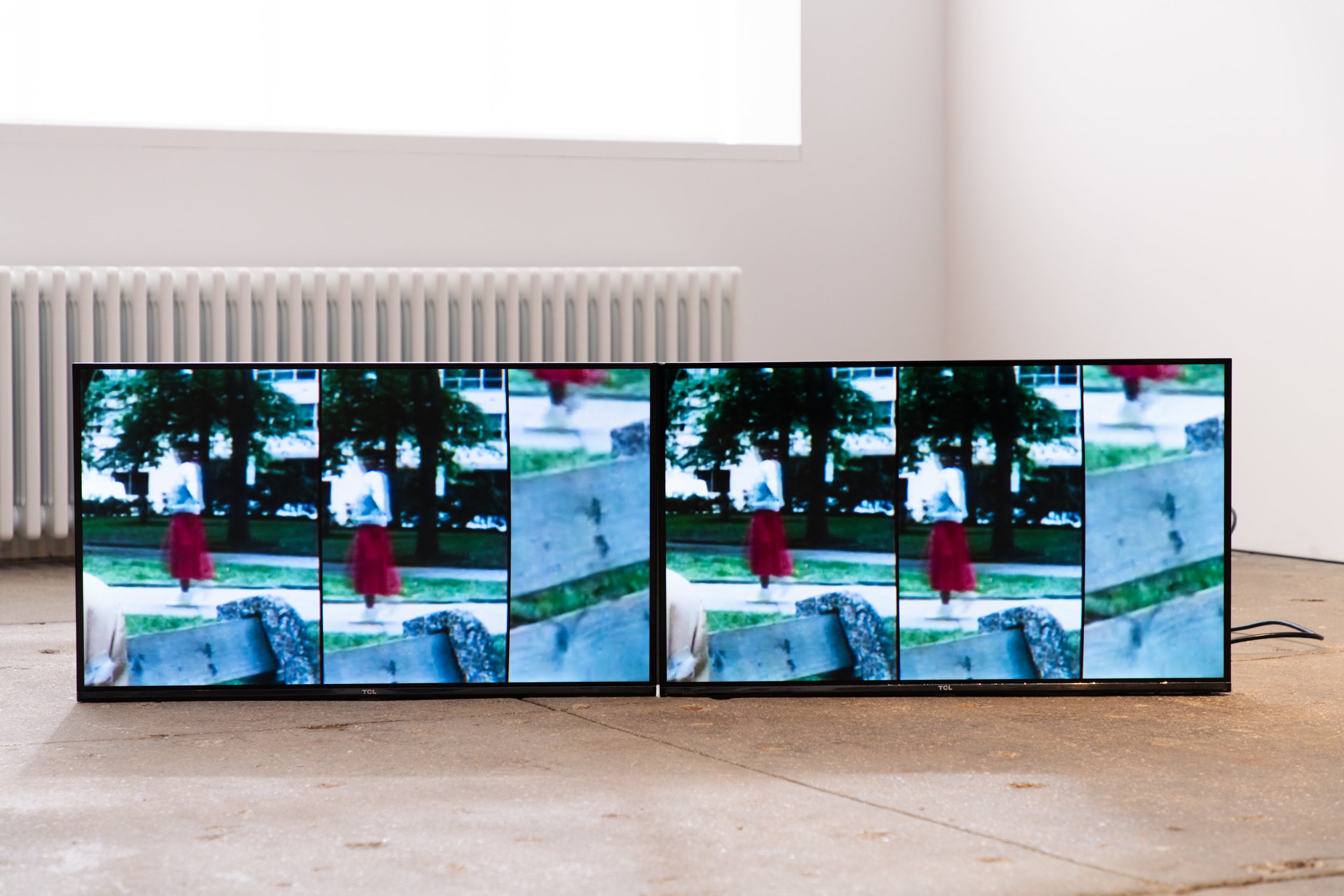
You spoke about the kind of model-making you’re hoping to do. Is there anything specific there that comes to mind? What kind of direct impact are you hoping to make, not just at the local level, but more largely in our arts and culture field?
MM: I think, partly, we’re hoping to model a different kind of internal organizational structure. A lot of that has to do with Jane—her commitment to having decent salaries and benefits, and to making sure we have regular meetings where we just check in on our well-being and gauge the temperature. We want to build camaraderie among the team. But we also want to hold each other accountable. It doesn’t matter where you are in these ladders of power. Being nice: it’s literally as simple as that.
JH: I think it’s important that you mentioned our weekly sessions. I also want to shout out our amazing facilitator, Corey Davis at Maven Leadership, who’s been working with our team for years now. It’s basically like group therapy every week. We ask each other: “What sucked this week? Did something happen that was fucked up? Are we living our values this week?” Talking to Corey has been like a release valve. In the workplace, there are so often microaggressions and power plays. But there’s not usually a forum to discuss these things, except to gripe ad hoc with your colleagues. There’s not a space to just say, “You know what? That sucked. Can we do better?” And without that space, resentment can build up and just ossify in your body.
MM: It’s also about gratitude. On bad days, it can be impossible to see the good side of things. The weather is bad. The subway is too expensive. But you have to remember where you are—and the great things that you’re doing. You have to take a step back and frame things more positively, to understand that people are making real efforts in what they’re doing. That’s the kind of model of care that we were talking about at the beginning. We understand that people come from different cultures, different backgrounds. You have to acknowledge each other and listen, and sometimes have a laugh or cry. For us, care is an action. It’s not just a name.
Salome Asega is an artist and Director of NEW INC at the New Museum. Her work invites the playful and absurd to critique the speed in which technology develops and poses new consentful tech futures leveraging the power of collective imagination. Salome is a 2022 United States Fellow and an inaugural cohort member of the Dorchester Industries Experimental Design Lab developed by the Rebuild Foundation and Prada. She is also a co-founder of POWRPLNT, a Brooklyn digital arts lab for teens. Salome has participated in residencies and fellowships with Eyebeam, New Museum, The Laundromat Project, and Recess and has exhibited at the 11th Shanghai Biennale, MoMA, Carnegie Library, August Wilson Center, Knockdown Center, and more.
